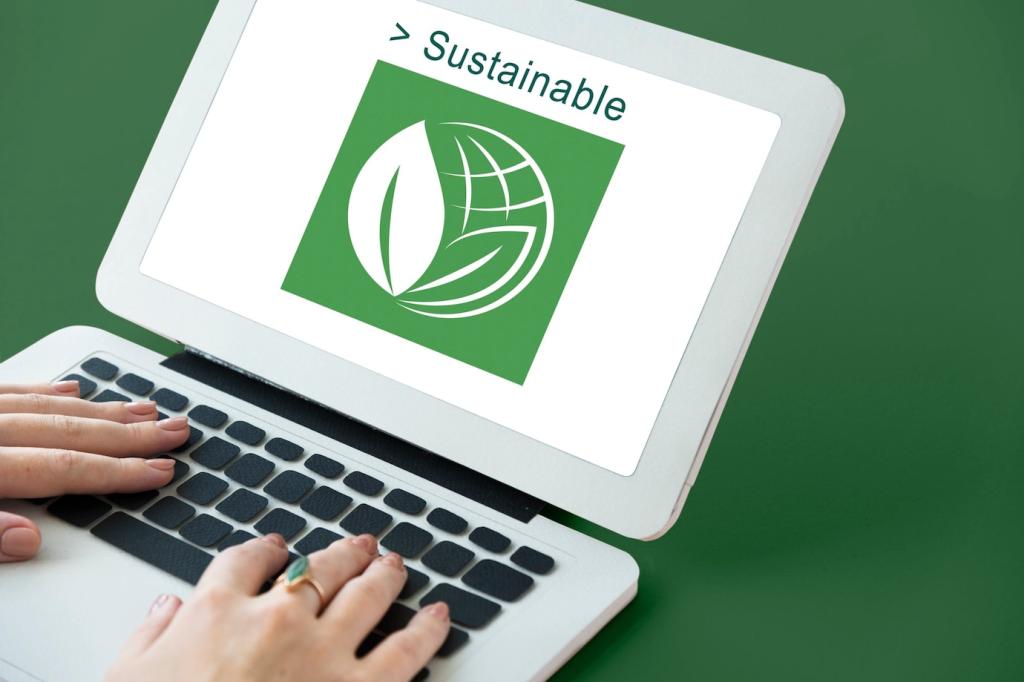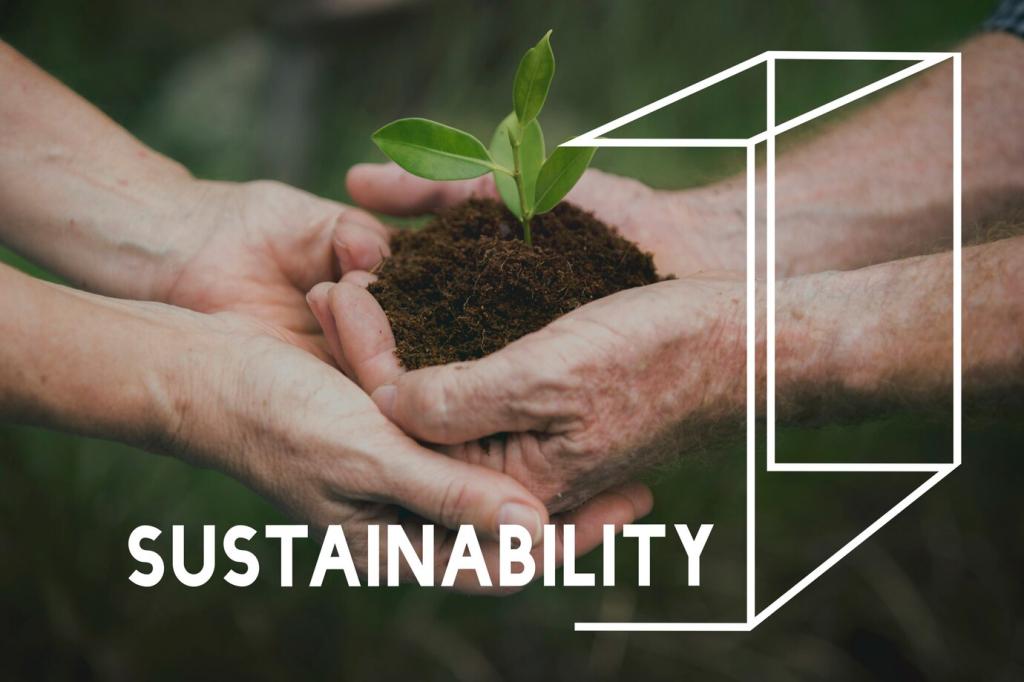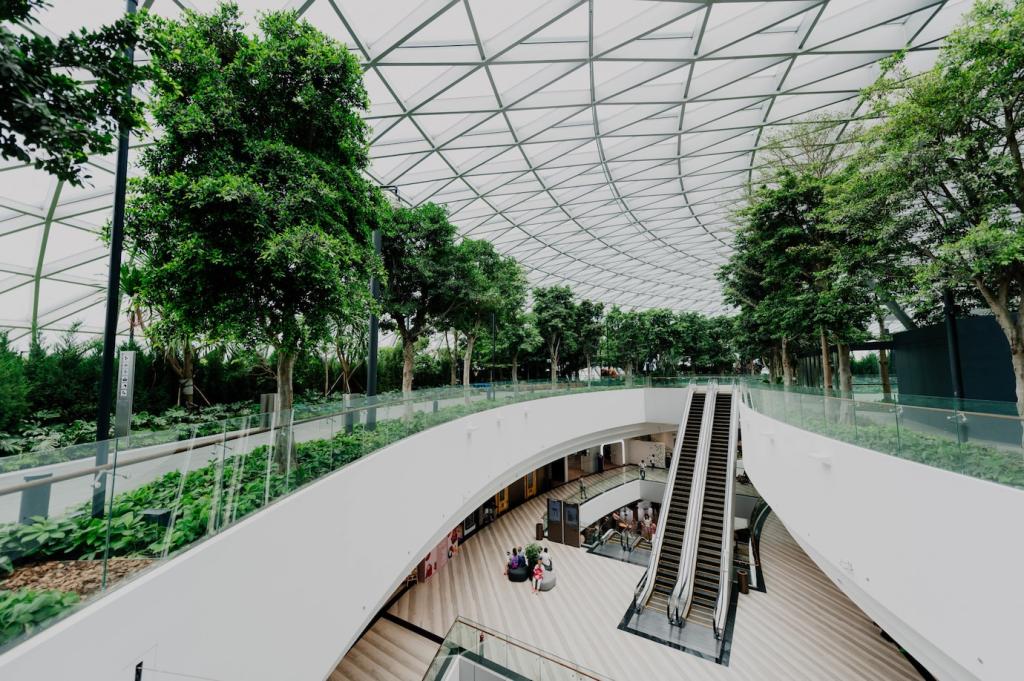
Innovative Urban Farming Techniques
Urban farming is transforming how cities source, consume, and think about food. As urban populations swell and land availability diminishes, innovative techniques are redefining the possibilities of cultivating fresh produce in city environments. By merging technology, ingenuity, and sustainability, these methods optimize limited spaces and resources, offering communities healthier food, reduced environmental impact, and strengthened local economies. This page explores some of the most pioneering urban farming techniques shaping the future of food production within our cities.
Vertical Farming Revolution
Hydroponics: Soil-Free Cultivation
Hydroponics involves growing plants without the use of soil, utilizing nutrient-rich water instead. This method allows precise control over plant nutrition, leading to faster growth rates and higher yields. Because hydroponic systems can be stacked vertically, they maximize productivity in compact urban settings. Water usage drops significantly compared to traditional farming, as solutions are recirculated within closed systems. Hydroponics eliminates the challenges presented by poor city soil quality and offers year-round growing, making it an ideal solution for metropolitan centers.
Aeroponics: Cultivating in Air
Aeroponics takes soil-free cultivation a step further by suspending plant roots in air and misting them with a fine nutrient solution. This technique minimizes water consumption and ensures maximum oxygen availability to plant roots, promoting rapid growth and healthy development. Aeroponic systems are highly space-efficient and suitable for urban indoor farms, particularly where floor space is limited. The lack of soil decreases the risk of pests and diseases, reducing the need for pesticides and enabling more consistent crop production regardless of external environmental conditions.
LED Lighting for Optimized Growth
Artificial lighting is pivotal in vertical farming, allowing crops to thrive indoors and independent of natural seasons. Advanced LED lights are specially tuned to deliver the precise spectrum and intensity plants require during each growth phase. This control enables growers to reduce energy consumption while boosting plant health and productivity. LEDs also generate less heat, which eases climate regulation in tightly packed farming setups. The result is year-round urban agriculture with predictable harvests and reduced resource waste, perfectly suited to the modern city landscape.

Aquaponics: Symbiotic Systems
In aquaponics, fish are kept in tanks where their waste produces ammonia, which is converted by beneficial bacteria into nutrients that feed the plants. The plants, in turn, purify the water, which is recycled back to the fish tanks. This circular system drastically reduces water use compared to traditional farming and diminishes the need for synthetic fertilizers. As the process is largely automated, it’s possible to monitor and fine-tune conditions for both fish and plants, ensuring healthy outputs from a relatively small footprint. Aquaponics offers fresh fish and vegetables, making it a unique asset in urban food resilience.
The closed-loop nature of aquaponic systems makes them exceptionally sustainable for urban environments. Water waste is minimal, as almost all of it is recycled within the system. Chemical usage is significantly reduced or eliminated, resulting in cleaner food and less environmental impact. Aquaponics can be established in abandoned warehouses, basements, or unused industrial sites, revitalizing underutilized city spaces. Their ability to offer dual harvests—both plants and fish—diversifies local diets and strengthens food security within dense population centers.
Urban aquaponics must contend with unique obstacles such as space constraints, building codes, and variable infrastructure. Innovations in modular system design allow these farms to fit into unconventional locations, adapting to the irregular architectures of city settings. Automated monitoring tools help balance pH, temperature, and nutrient levels, reducing labor and risk. Educational programs are increasingly included to train city residents in maintaining aquaponic farms, creating new job opportunities while building food literacy and resilience.

Community-Driven Urban Farms
Social Cohesion Through Farming
Participating in community farms offers city residents opportunities to interact, collaborate, and build shared purpose. These spaces often attract people from diverse backgrounds, fostering dialogue and cooperation across cultural and socioeconomic lines. Regular communal activities, from planting to harvest festivals, strengthen neighborhood bonds and encourage a greater sense of belonging. Alongside food production, community farming becomes a vehicle for social transformation, supporting healthier, more vibrant cities.
Empowerment and Food Security
Community farms increase access to nutritious, affordable produce in areas that may lack fresh food options. By allowing residents to grow their own food, these projects address urban food insecurity and promote food sovereignty. Leadership roles within the farms help develop practical skills—gardening, business management, environmental stewardship—that translate to greater confidence and self-sufficiency. These empowering opportunities uplift communities, particularly in marginalized urban neighborhoods where food deserts are common.
Urban Agriculture Education
Many community-driven farms include a strong educational component, targeting schools, families, and local organizations. Workshops, youth programs, and demonstration gardens teach urban residents how to grow food sustainably, compost, utilize water wisely, and care for the environment. By connecting people with the origins of their food, these educational efforts foster lifelong habits and advocacy for urban agriculture. Informed communities become advocates, inspiring broader municipal support for urban farming initiatives.
Microgreens thrive under controlled indoor conditions where temperature, humidity, and light are finely tuned. Through the use of grow racks fitted with energy-efficient LED lighting, farmers can stack multiple layers of trays, substantially increasing the volume cultivated within a single room or container. By regulating irrigation and airflow, growers mitigate the risks of mold and disease, resulting in healthy crops and rapid turnover. This allows for a continuous supply of fresh, nutrient-rich produce, regardless of outdoor weather or seasonal changes.
Indoor Microgreen Production
Designing Productive Living Walls
Productive living walls utilize a range of modular pocket systems or custom planter structures affixed to exterior or interior building surfaces. These designs facilitate the growth of herbs, leafy greens, and even fruiting plants, all while taking up minimal horizontal space. Specialized irrigation and drainage systems ensure water reaches every plant and excess is swiftly removed, preventing structural damage. The careful selection and arrangement of species maximize yield and visual appeal, turning bland walls into thriving, harvestable ecosystems.
Environmental and Social Benefits
Edible green facades serve multiple environmental functions, such as insulating buildings, reducing urban heat, and sequestering carbon dioxide. The plants filter air pollutants and provide cooling shade, contributing to improved urban microclimates. Socially, living walls inspire interest in sustainability, acting as public art installations and educational tools. They invite city residents to engage with their food sources, turning daily commutes or office routines into opportunities for urban nature appreciation.
Overcoming Vertical Engineering Challenges
Bringing edible walls to fruition in cities requires collaboration between urban farmers, architects, and engineers. Load-bearing structures, water-proofing materials, and integrated irrigation must all be addressed to protect buildings and ensure system longevity. Maintenance routines for pruning, replanting, and harvesting are woven into the design, while remote monitoring technologies track plant health. Advances continue to make edible walls more self-sufficient and easier to install, expanding their reach across residential, commercial, and public spaces.

Wireless sensor networks now monitor crucial parameters such as soil moisture, temperature, humidity, and light, providing urban farmers with real-time data. This immediate feedback allows for precise adjustments to irrigation, nutrient delivery, and climate control, ensuring crops receive exactly what they need to thrive. By making data-driven decisions, farmers prevent resource overuse and minimize risks of disease or crop loss. These networks can be tailored to any scale—from a few planters to extensive indoor farms—illustrating the adaptability of precision agriculture in cities.

Robotics and automation are alleviating the labor demands of city-based agriculture, handling repetitive tasks such as seeding, transplanting, harvesting, and crop monitoring. Automated irrigation systems deliver water with pinpoint accuracy, while robotic arms may tend to vertical grows or hydroponic trays without human intervention. Machine learning algorithms predict plant growth patterns, flag issues early, and recommend best practices. With these advances, urban farmers can manage large, diversified operations efficiently, even where labor shortages exist.

Artificial intelligence is now central to innovative urban agriculture, powering growth forecasting, pest and disease detection, and inventory management. AI systems analyze historical and real-time data to optimize planting schedules, choose crop varieties suited to microclimates, and anticipate market demands. These insights reduce guesswork, lower costs, and improve the consistency and quality of urban farm outputs. In the ever-evolving complexity of urban environments, AI provides the intelligence needed to remain competitive and resilient.
